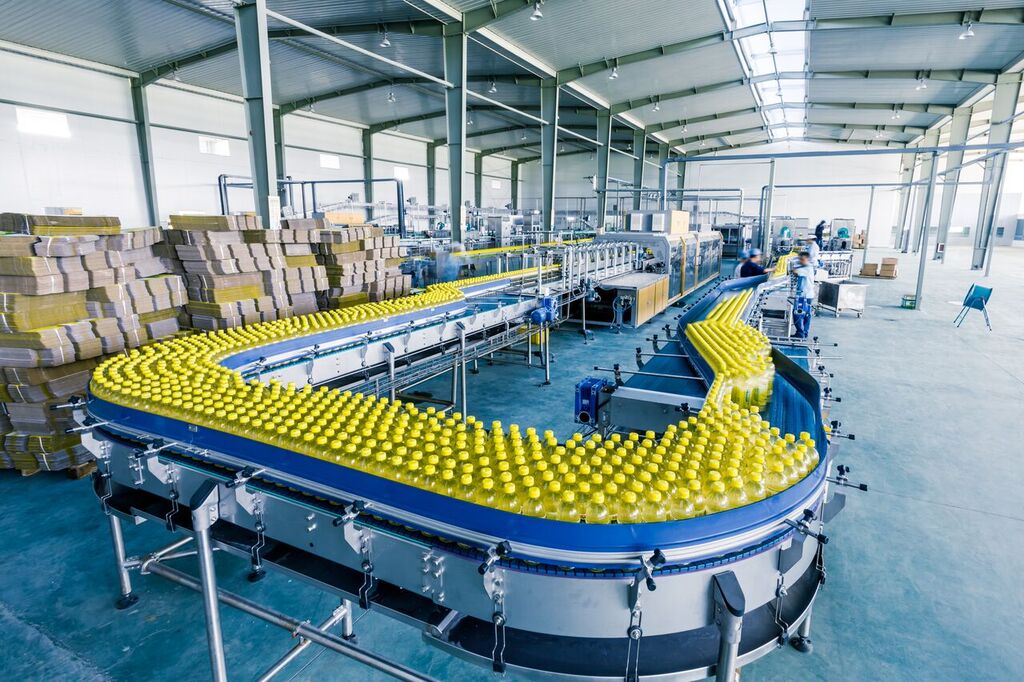Benefits of OEE Implementation
Understanding the benefits of OEE can provide a thorough insight into your operation and ultimately ensure that you are decreasing downtime.
Overall Equipment Effectiveness (OEE) is a popular manufacturing metric that is utilized for all different areas within supply chain. This is simply due to the reason that OEE is able to deliver accurate and adequate results pertaining to how productive and efficient a particular system and/or machine may be working - and what areas are in need of improvement.

Overall Equipment Effectiveness (OEE) is by far one of the best metrics when it pertains to measuring effectiveness and efficiency of a particular manufacturing process. It utilizes three components: Availability, Performance, and Quality. It is represented as a percentage of planned production time that is actually productive. In order to receive an accurate estimate of planned production time, take out any planned events that lead to a loss in productivity.
This will represent your actual overall planned production time and therefore will set you up for defining actual downtime, which is unplanned and leads to much more significant stops. This can be categorized as anything from a few hours where the lines goes down or an accumulation of time within a specific area. Downtime is by far the most essential metric to identify, simply because it will allow you to get to root causes and problems pertaining to why your facility is losing money. As you continue to improve upon these processes, you should see your OEE continuously improving as well and ultimately getting into a higher percentage, with 100% being perfect.
Benefits of Implementing and Utilizing OEE
OEE is a brilliant and effective metric that really represents how efficient your process/system may be and allows you to improve upon your process. A few of the benefits pertaining to OEE include the following:
- OEE Demonstrates Areas in Need of Improvement - As mentioned a few times within this article, OEE will demonstrate and help with identifying areas that are in need of improvement. A myth behind OEE includes how individuals believe that it is a big picture indication of how your entire process and processes are doing. While this is true, the true value behind OEE will only be realized once metrics are improved. Ultimately, it falls into a category of what gets measured gets done. It is essential to understand if an asset is efficient or inefficient and what steps need to be or can be taken to improve.
- OEE Helps With Managing Six Major Losses - The six major losses are what you should seek to reduce or eliminate when you are attempting to boost your OEE. The most common forms of equipment-based productivity loss in manufacturing or automated systems includes breakdowns and failures, setup and adjustments, small stops, reduced speed, start-up rejects, and production rejects. You will understand how to classify these areas through duration and frequency of these events. This means that when you understand how frequently or long a particular problem may occur - you can start digging to root causes and ultimately locate a potential solution.
- OEE Can Aid With Obtaining ROI - Equipment on the production line is an investment, which is why it is so important to be able to prove how much money is able to be returned. In order to achieve a maximum return on investment in a significantly small amount of time, then it is important to ensure that the equipment is being used to its optimum efficiency and effectiveness. This is why OEE can help determine and is set out to do, as it yields insight into where and how manufacturers are able to make changes to get the absolute best performance from new and existing machinery, and whether or not an additional investment is needed.
Understanding how OEE works and can be utilized is by far one of the most beneficial aspects to locating what areas are in need of improvement. A software that can aid with improving overall operations and ultimately ensuring that everything is track is PlanetTogether’s Advanced Planning and Scheduling Software (APS). Advanced Planning and Scheduling Software (APS) is a must for manufacturing facilities that are seeking to enhance their overall operation through downtime reduction and efficiency enhancement.
Advanced Planning and Scheduling Software
Advanced Planning and Scheduling (APS) software has become a must for modern-day manufacturing operations due to customer demand for increased product mix and fast delivery combined with downward cost pressures. APS can be quickly integrated with a ERP/MRP software to fill gaps where these system lack planning and scheduling flexibility and accuracy. Advanced Planning and Scheduling (APS) helps planners save time while providing greater agility in updating ever-changing priorities, production schedules, and inventory plans.
- Create optimized schedules balancing production efficiency and delivery performance
- Maximize output on bottleneck resources to increase revenue
- Synchronize supply with demand to reduce inventories
- Provide company-wide visibility to capacity
- Enable scenario data-driven decision making
Implementation of Advanced Planning and Scheduling (APS) software will take your manufacturing operations to the next level of production efficiency, taking advantage of the operational data you already have in your ERP.